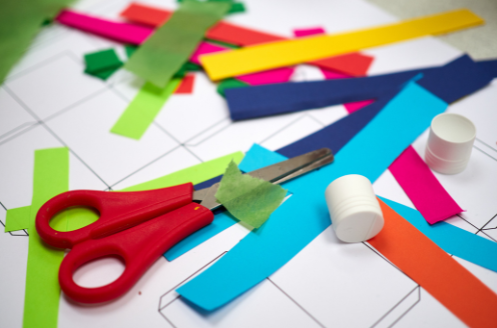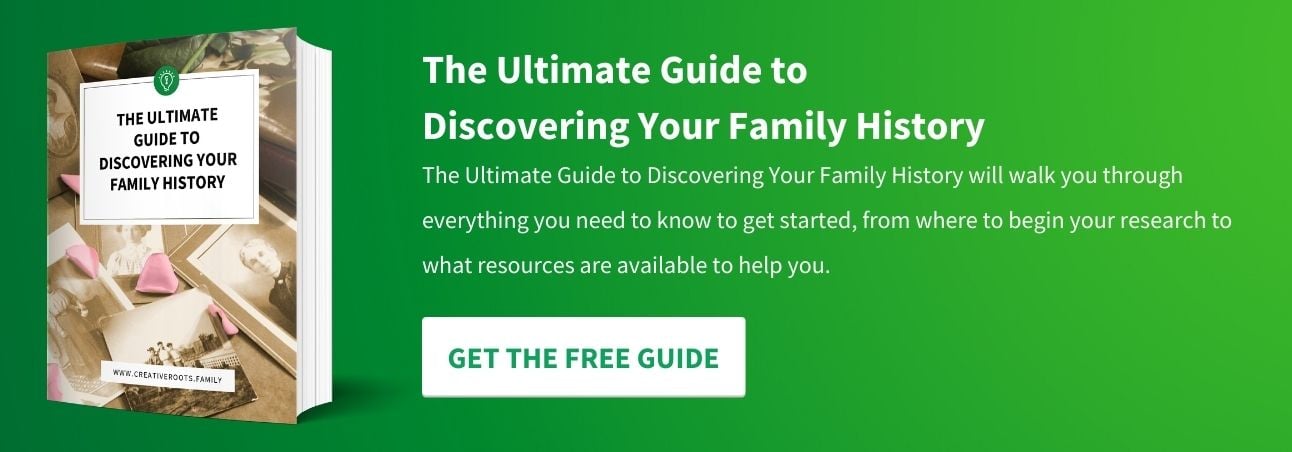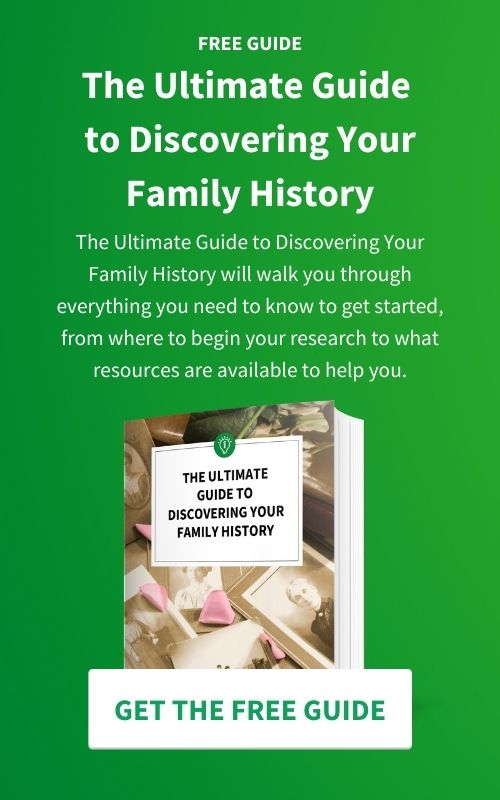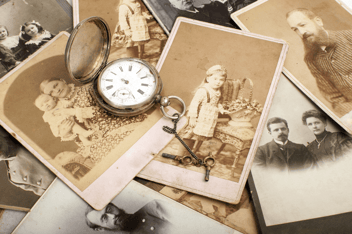How to Archive Your Family's Genealogical Records
Almost every family has genealogical records, whether they realize it or not. Even if there is no formal documentation, often there are family stories and traditions that have been passed down through the generations. While some of these records may be fragile and in danger of being lost, with a little bit of care they can be preserved for future generations.
Unfortunately, many people don't realize the importance of preserving these records until it's too late. Once records have been lost, it can be very difficult, if not impossible, to get them back. That's why it's so important to take the time to learn about proper archiving techniques and put them into practice.
In this article, we will be discussing some of the best archiving techniques for genealogical records. By following these tips, you can help ensure that your family's records will be preserved for many years to come.
Keep Track of What You Have
The first step to knowing what you have is keeping track of what you have. This can be done in a few ways, but the best way is to create a master list. This list should include every genealogical document, photo, and artifact in your possession. For each item, note where it came from originally (if known), who currently has custody of it, any identifying information such as names or dates on the item itself, and its current location. If possible, scan or photograph each item and keep digital copies in addition to the originals. That way if something happens to the original (it gets lost or damaged), you will still have a copy.
Label Everything
Whether you are organizing your own personal papers or those of a deceased relative, it is important to label everything. This will make it easier to find what you need later and will help prevent items from getting lost in the shuffle.
There are a few different ways that you can go about labelling things. One option is to use sticky labels. These can be easily written on and stuck onto folders, boxes, and other storage containers. Another option is to print out labels using your computer printer. You can then attach these labels with tape or glue.
If you want something more permanent, you can also write directly on the folders and boxes themselves with a marker or pen. Just be sure to use legible handwriting so that you (or someone else) will be able to read it down the road!
Store Properly
There are many ways to store your family's genealogical records, but the best way is to keep them in an archival storage system. This will ensure that they are protected from damage and deterioration. The first step is to choose the right type of container for your records. Archival boxes or folders are made from acid-free materials and will not harm your documents. Be sure to label each box or folder so you can easily find what you need when you need it.
The next step is to properly arrange and organize your records by date, name, event, etc. You may want to create an index card system or use software such as Family Tree Maker to help with this task. Once everything is organized, you can start transferring your records into the containers using acid-free paper if possible. If you're scanning documents, be sure to use a high-quality setting (about 600 dpi) so that the images are clear and legible."
Proper labelling of each document according to its content helps with the organization later on; consider dating scanned copies of important papers.
Convert To Digital
There are many reasons to convert your family's genealogical records to digital format. Digital files are easier to store and organize than physical papers, and they can be shared with other researchers more easily. You can also back up digital files much more easily than physical ones, in case of fire or flood damage.
If you're not sure how to get started, there are plenty of online resources that can help. The process is quite simple: first, scan or photograph each document; then, save the images as individual files on your computer; finally, create a master file where you'll keep all the images organized by date and type of record.
Once everything is digitized, you can breathe easy knowing that your family's history is safe and sound - and ready for future generations to enjoy!
Back Everything Up
Any good genealogist knows that one of the most important things you can do is back up your work. Whether you're working with physical documents or digital files, it's essential to have a plan in place for how to keep your records safe in case of fire, flood, theft, or any other disaster.
There are many ways to back up your data. For physical items like photos and letters, scanning them and storing the digital copies in a secure location is a good option. You could also make photocopies or take photographs of important documents as an extra precaution.
For digital files, there are several options available depending on what type of file it is. Documents can be saved to an external hard drive or cloud storage services like Dropbox or Google Drive; photos can be uploaded to online photo-sharing sites like Flickr, and databases can be exported and stored on another computer as well.
Conclusion
There are many ways to archive your family's genealogical records, but it is important to do so in a way that preserves the integrity of the records and makes them easy to access and use. One way to do this is to create a central repository for all the records, such as a family history website or blog. Another way to archive your records is to use a cloud-based storage system, such as Google Drive or Dropbox. Whichever method you choose, be sure to back up your records regularly and make them accessible to all family members.
By taking the time to properly archive your family's genealogical records, you will be able to preserve your family history for future generations.
To explore more insights on preserving family history, check out these related blogs.
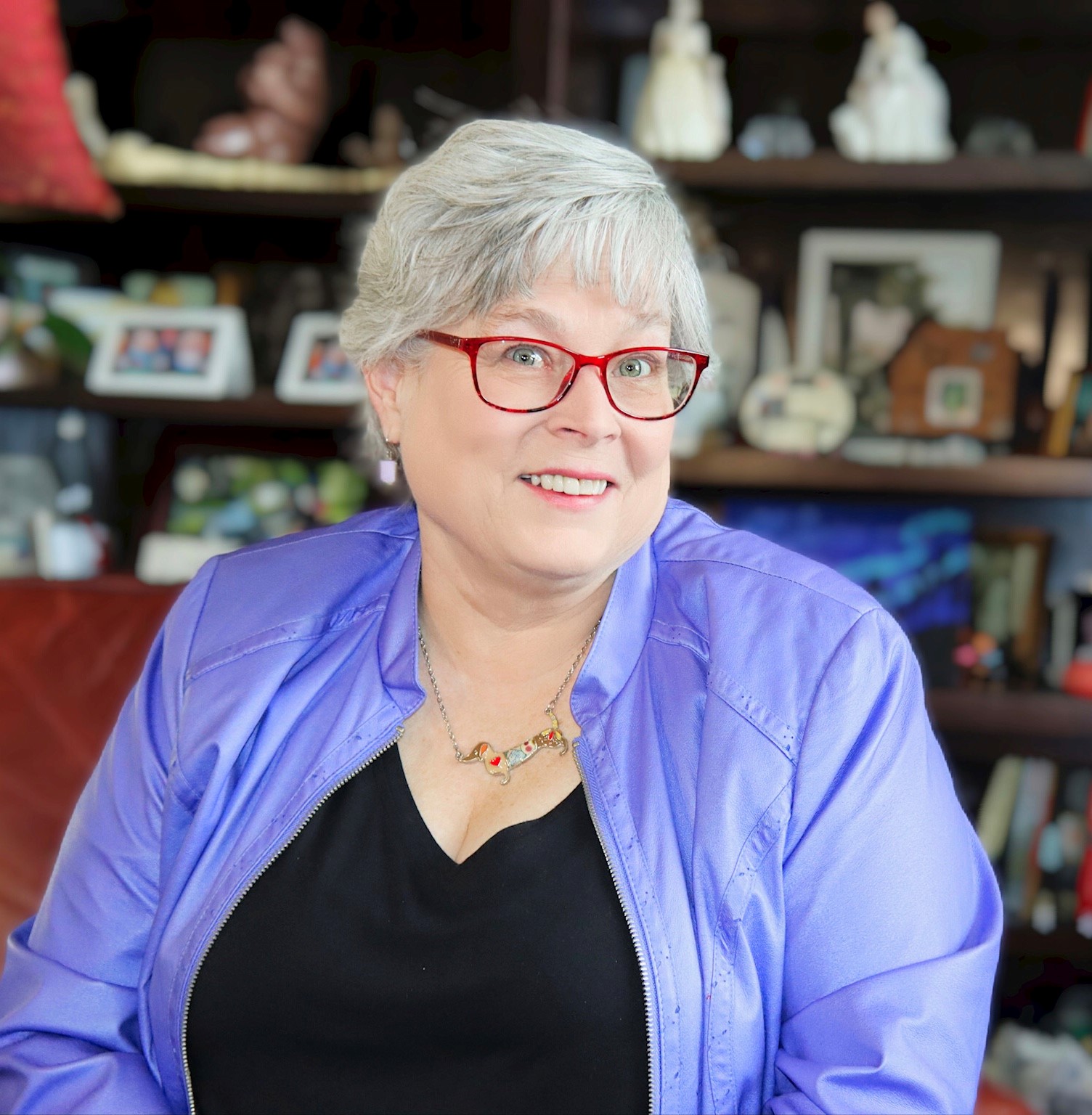
Article by Carol Walsh
Carol Walsh is the CEO of Creative Roots, a professional genealogy company. She has a passion for preserving family history and storytelling. Carol's research methodology centers around fact-finding and publishing in a format that readers can use to preserve the stories. Her ultimate goal is to help families connect with their past and each other.

